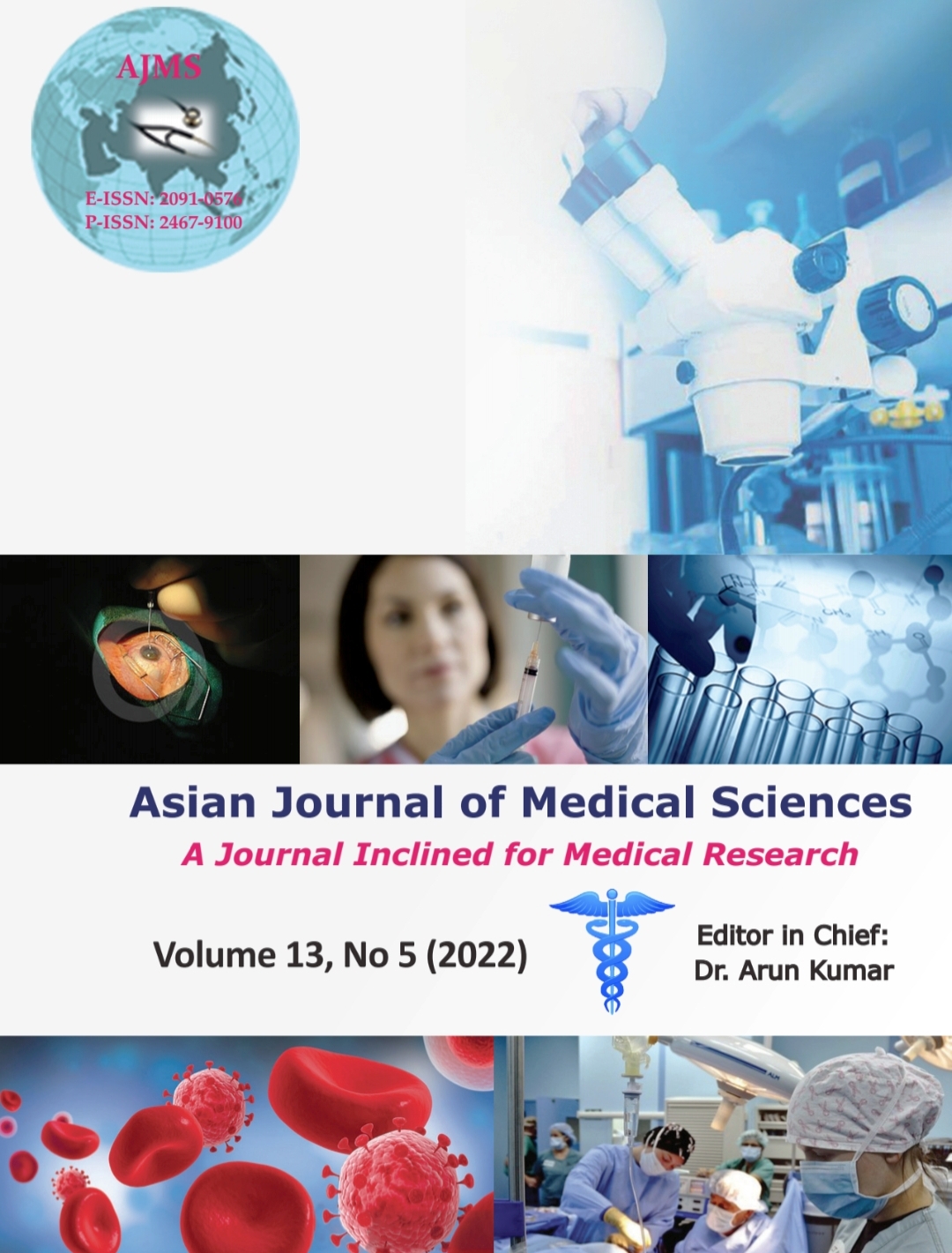A prospective, randomized clinical study for evaluation of pregabalin for post-operative analgesia in infraumbilical surgeries
Keywords:
Diazepam, Preumptive Analgesia, Pregabalin, VAS scoreAbstract
Background: Preemptive analgesia is about the administration of an analgesic agent before the initiation of noxious stimulus, aiming of preventing sensitization of the neural system to successive stimulus that could intensify pain perception. Pregabalin is derivative of gabapentinoid which exhibits analgesic properties.
Aims and Objectives: This clinical study designed to evaluate the effectiveness of pregabalin for post-operative analgesia in infraumbilical surgeries.
Materials and Methods: This prospective clinical study was conducted in a medical college hospital of central India after obtaining approval from institutional ethics committee and informed written consent from the selected patients over the period of 1 year. A total of 60 patients between the ages of 20 and 40 years of ASA Grade I/II were randomly assigned into two groups (n=30, each) using an online randomization tool. Patients in Group P received oral Pregabalin 150 mg and Group D received oral Diazepam 10 mg, 1 h before induction of anesthesia. Both the groups uniformly received Tablet Paracetamol 1 gm, 2 h after completion of surgery. Patients experiencing pain with visual analogue scale (VAS) score ≥3, were injected Inj. Tramadol 100 mg, as rescue analgesia. Outcome variables such as need for rescue analgesia, sedation, VAS score, and other adverse events were noted at time intervals of 2, 4, 6, 12, and 24 h.
Results: The mean VAS scores in patients of Group P were significantly lower than Group D (P<0.0001), over 24 h of post-operative period. In Group P, rescue analgesic Inj. Tramadol was given after 12.33±3.47 h as compared to 3.47±8.19 h in Group D (P<0.0001) with total need of 133.56±49.27 mg and 210.73±63.35 mg over 24 h in patients of Groups P and D, respectively (P<0.0001).
Conclusion: Pregabalin 150 mg in pre-operative period provides superior post-operative analgesia and considerably reduces need of rescue analgesia postoperatively.
Downloads
Downloads
Published
How to Cite
Issue
Section
License
Copyright (c) 2022 Asian Journal of Medical Sciences

This work is licensed under a Creative Commons Attribution-NonCommercial 4.0 International License.
Authors who publish with this journal agree to the following terms:
- The journal holds copyright and publishes the work under a Creative Commons CC-BY-NC license that permits use, distribution and reprduction in any medium, provided the original work is properly cited and is not used for commercial purposes. The journal should be recognised as the original publisher of this work.
- Authors are able to enter into separate, additional contractual arrangements for the non-exclusive distribution of the journal's published version of the work (e.g., post it to an institutional repository or publish it in a book), with an acknowledgement of its initial publication in this journal.
- Authors are permitted and encouraged to post their work online (e.g., in institutional repositories or on their website) prior to and during the submission process, as it can lead to productive exchanges, as well as earlier and greater citation of published work (See The Effect of Open Access).




